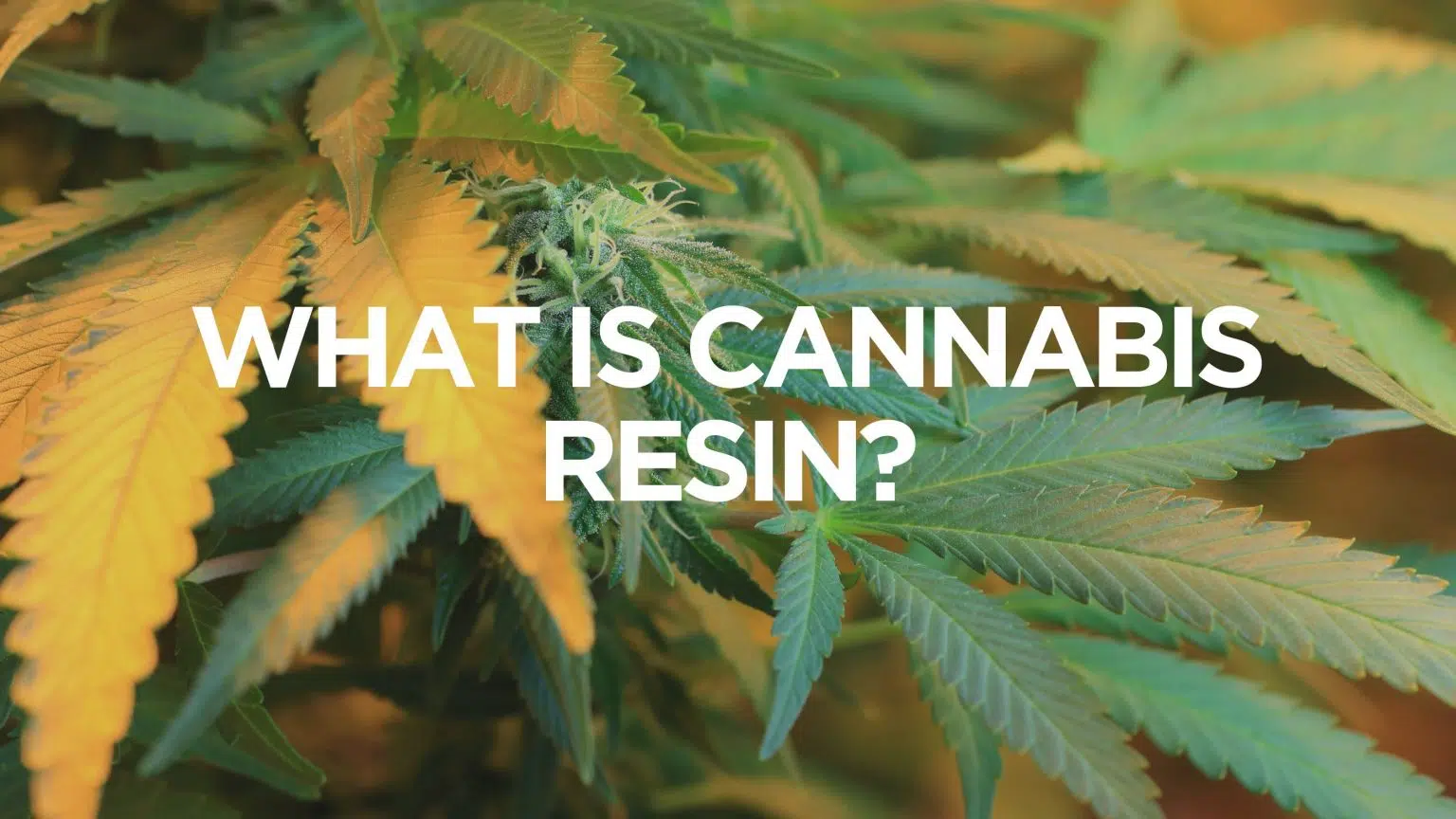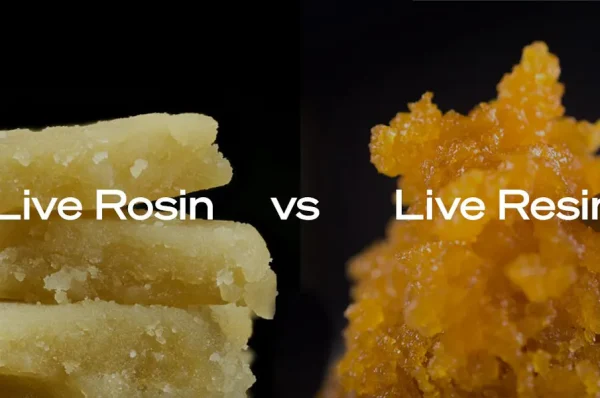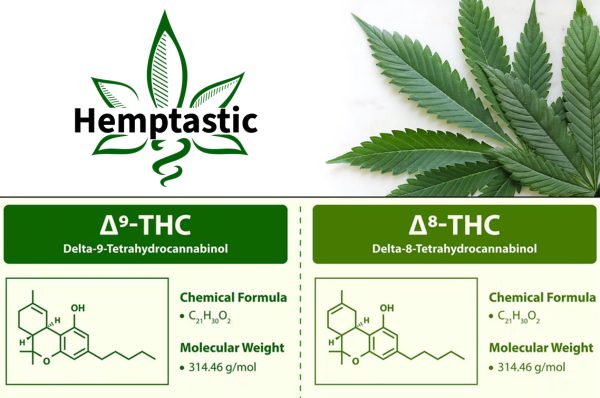Cannabis, a plant with a history as rich and diverse as its applications, has intrigued humanity for thousands of years. Among its most fascinating components is the resin, a complex and potent substance that has become the focus of both ancient tradition and modern science. This post delves into the depths of cannabis resin: what it is, how it’s extracted, its chemical makeup, the process of turning it into consumable forms, and how it contrasts with a similarly named but distinct product, rosin.
What is Cannabis Resin?
Resin in the cannabis plant serves as a protective layer. Produced by the trichomes—tiny, glandular hairs on the flowers and leaves—resin is a sticky, gooey substance. Its primary purpose is to deter herbivores and protect the plant from UV light damage. For humans, however, cannabis resin is valued for its concentration of cannabinoids (like THC and CBD), terpenes, and flavonoids, which are responsible for the plant’s effects, aromas, and flavors.
Extraction of Cannabis Resin
The extraction of cannabis resin can be performed through various methods, each affecting the final product’s purity, potency, and flavor profile. The two main categories of extraction are mechanical/physical and solvent-based.
Mechanical/Physical Extraction
This method involves physical separation of the trichomes from the plant material to collect the resin. Techniques include:
- Dry Sifting: Rubbing dried cannabis over a fine screen to separate trichomes.
- Ice Water Hash: Agitating cannabis in ice-cold water, then filtering through mesh bags. The cold water makes the trichomes brittle and easier to separate.
Solvent-Based Extraction
Solvent extraction uses chemicals to dissolve the resinous compounds, separating them from the plant material. Common solvents include:
- Butane Honey Oil (BHO): Passing butane through cannabis to extract the resin, then evaporating the butane.
- CO2 Extraction: Using supercritical CO2 as a solvent to dissolve and extract resinous compounds. This method is praised for its safety and environmental friendliness.
The Chemistry of Cannabis Resin
Cannabis resin is a treasure trove of bioactive compounds. The most notable are cannabinoids—THC (tetrahydrocannabinol) and CBD (cannabidiol) being the most famous. These compounds interact with the human endocannabinoid system, affecting mood, perception, and pain sensation.
Terpenes, responsible for the aroma and flavor of cannabis, also play a significant role in its effects through a phenomenon known as the entourage effect, where they modulate the activity of cannabinoids. Flavonoids, another group of compounds in resin, have antioxidant and anti-inflammatory properties.
From Resin to Consumption
Once extracted, cannabis resin can be processed into various forms for consumption:
- Hashish: A traditional form where the resin is pressed into blocks.
- Oils and Concentrates: Products like shatter, wax, and oil, used in dabbing or vaping.
- Tinctures and Edibles: Resin extracts can be incorporated into tinctures or used to infuse foods and drinks.
Resin vs. Rosin: What’s the Difference?
While “resin” and “rosin” might sound similar, they refer to distinctly different products. Rosin is a solventless extract obtained by applying heat and pressure to cannabis plant material to squeeze out the resinous sap. This method is praised for its purity and safety, as it avoids the use of chemical solvents.
Rosin can be made from dried flowers, hash, or kief and retains a full spectrum of cannabinoids and terpenes. It’s a preferred method for those seeking a clean, potent, and terpene-rich concentrate without the potential risks associated with solvent residues.
Conclusion
Cannabis resin, with its complex chemistry and multitude of extraction methods, offers a wide range of possibilities for both medical and recreational use. Whether in the form of traditional hashish, modern concentrates, or the clean and pure rosin, the essence of the cannabis plant continues to captivate and provide for humanity. As the cannabis industry evolves, so too will the techniques for harnessing the power of resin, promising even more innovative and effective ways to enjoy its benefits.




